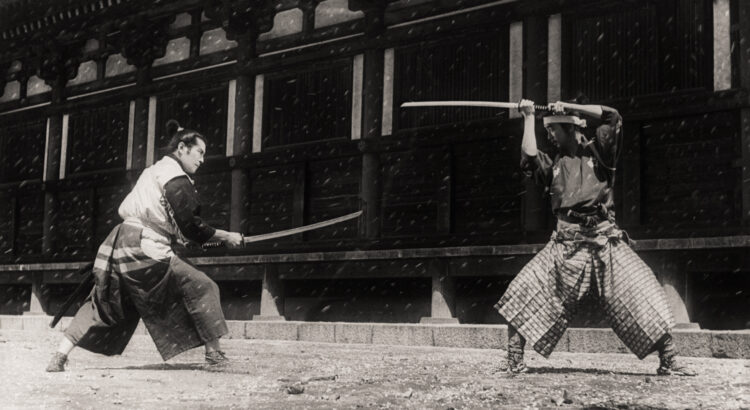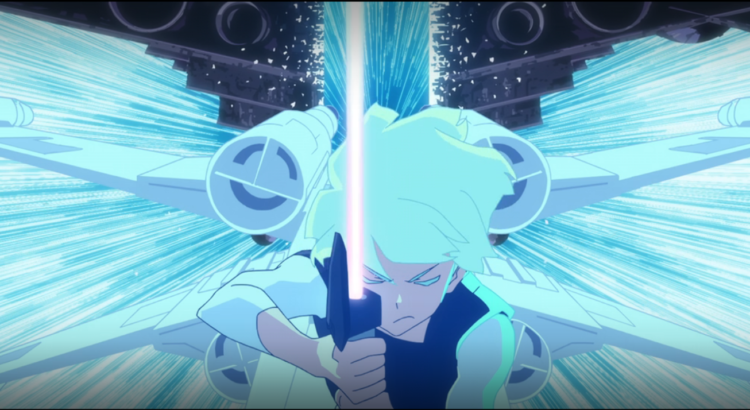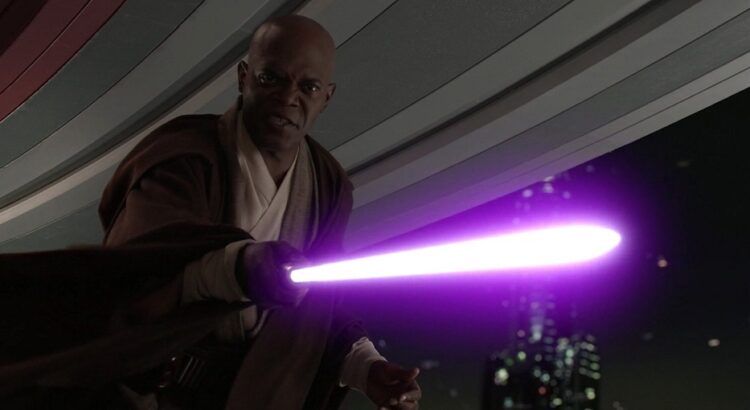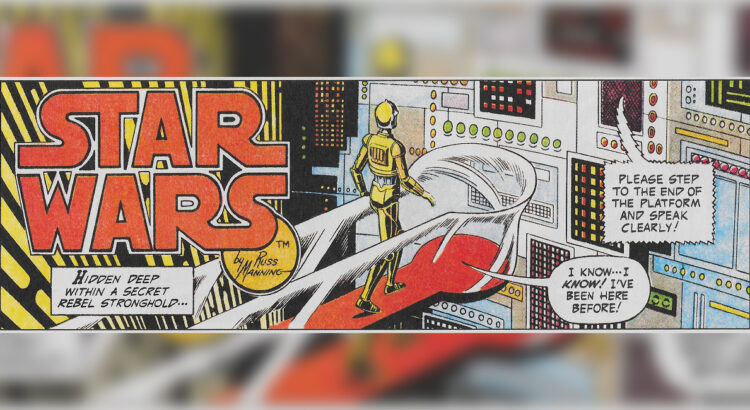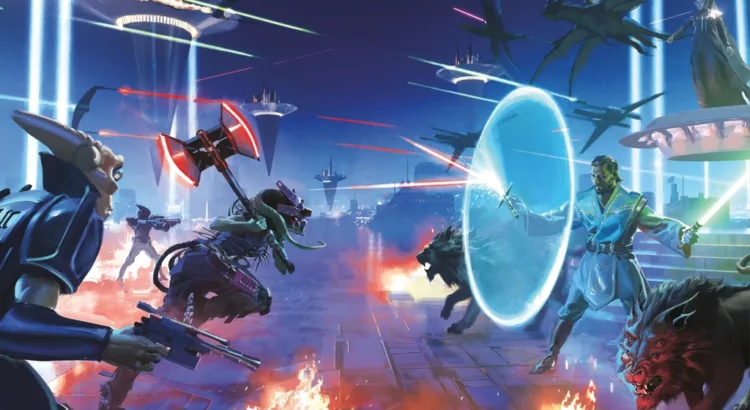Emma Mieko Candon’s novel, Star Wars Visions: Ronin, is remarkable in several ways. It’s remarkable for taking the story hinted at in the Visions short “The Duel” and turning it into a full narrative, it’s remarkable for generating its own setting unmoored (or better yet, unburdened) by existing Star Wars storytelling and continuity, it’s remarkable for LGBTQIA+ representation (thankfully something SW publishing seems to be pretty good about), and it’s remarkable for putting Star Wars squarely in a Japanese-inspired milieu and still feeling perfectly like Star Wars. As Candon put it in their author’s note, Ronin is an “iterat[ion] on an American saga that is itself an iteration on Japanese narratives.” Like the Star Wars Visions shorts themselves, it feels like Star Wars has come home to where it all began.
A lot of ink has been spilled on the influences of Star Wars, from Flash Gordon adventure serials, to the monomyth, to political commentary on Nixonian America. By now most of us know of the historical allegories about Nazi Germany, the Vietnam War, the American Revolution, and the Roman Republic’s transformation into the Roman Empire. Many of us also know that George Lucas took inspiration from Japanese, Indian, and Chinese cultures for ideas of the Jedi and the Force — and SW’s cultural influences (or depending on how you see it, appropriations) go even beyond that when we consider costuming, location design, and the ever-expanding on-screen world of Star Wars on cinema and television. You could probably write a whole book on the real-world cultural influences from the Americas, Europe, Africa, Oceania, and Asia on Star Wars.
Star Wars has many roots. But those aren’t the only place Star Wars belongs. It also belongs to everyone who’s engaged with it, who’s thought about it — but for so long, Star Wars had this idea that it had to look, and feel, a certain way. Star Wars Visions broke that idea for the screen just as Ronin broke it for the page. And I think that’s great.
Star Wars publishing has shown a willingness to experiment with books like From a Certain Point of View from Del Rey or The Legends of Luke Skywalker from Disney-LFL Press. They’ve hired an author pool of different backgrounds and experiences, and I’d love to see that continue going forward. I’d also love to see authors able to take their experiences and tell stories that we might not have previously thought really fit in Star Wars, but actually do. Ronin shows the way — if we can have space dreadnoughts with pavilions, gardens, and sliding wood-and-paper doors, we can have it all. We can frame our Star Wars stories in ways we never thought possible. But we can do it in an honest way, that doesn’t look like we’re pillaging from different cultures to lend our stories exotic flavor — by letting creatives engage with Star Wars in a way that’s informed by their own backgrounds and experiences.
Read More